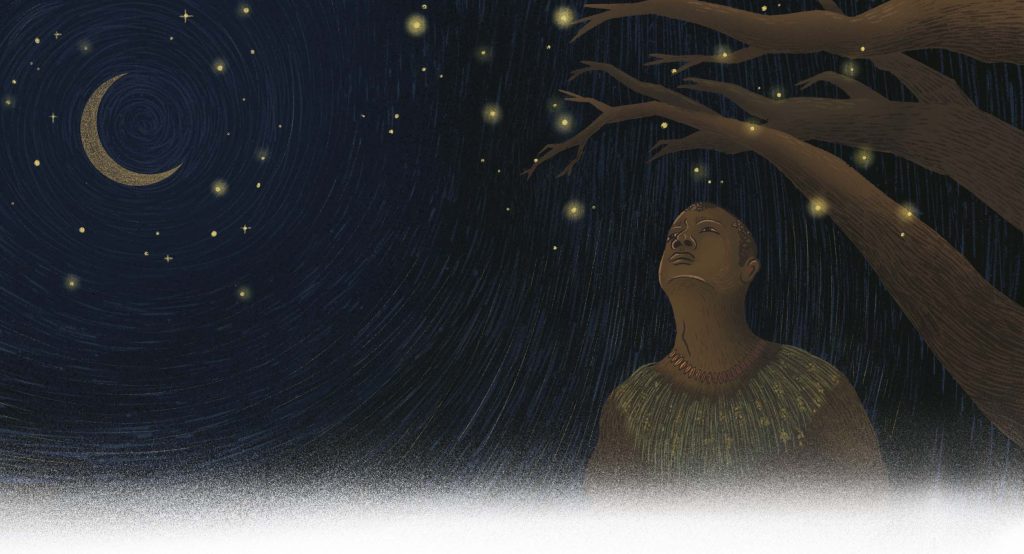Agriculture and overexploitation of species continue to drive the decline of biodiversity, according to a study published in the journal Nature. The authors analyzed threats facing more than 8,000 near-threatened and threatened species listed on IUCN red list.
“Quantifying the relative prevalence of biodiversity threats is important because it can help guide discussions and resources towards the biggest threats,” says the lead author, Sean Maxwell of the University of Queensland, Australia, in an email.
Maxwell says the study was motivated by pure curiosity, “to actually quantify the relative prevalence of more traditional threats.” The team, comprising researchers from the University of Queensland, the Wildlife Conservation Society (WCS) and the IUCN, found that three-quarters of the assessed species were threatened by over-exploitation such as hunting, logging and fishing at rates that cannot be met by reproduction or regrowth.
The Sumatran rhinoceros, Western gorilla, Chinese pangolin—three of more than 2,700 species— are hunted for their meat and body parts or for the pet trade; illegal logging is contributing to the decline of more than 4,000 forest-dependent species, such as the Bornean wren-babbler and the Myanmar snub-nosed monkey. Above sixty per cent of the species, the study says, are threatened by land converted to growing food, fodder, fuel crops, livestock, and aquaculture.
The species include Africa’s cheetah, Asia’s hairy-nosed otter, and South America’s huemul deer are among more than 2,300 species affected by livestock farming and aquaculture. Land-conversion for growing food, fodder or fuel crops is affecting species such as the Fresno kangaroo rat and the African wild dog, two among more than 4,600 species facing a similar threat. Human-induced climate change—whose effects include extreme temperatures, drought, flooding, and severe storms—is currently affecting less than 20 per cent of species listed as threatened or near-threatened.
Hooded seals-one among the 1,688 species affected by climate disruption-fell by 90% in abundance in the northeastern Atlantic Arctic, the result of warming and consequent melting of regional sea ice over the past few decades and the lack of availability of sites for resting and raising pups.
Maxwell says that he is surprised at the prevalence of threats from overexploitation and agricultural activity, “Demonstrating that 72% and 62% of near threatened and threatened species are impacted by overexploitation and agriculture means that we need serious action to minimise the impact of these activities if we are to tackle the biodiversity crisis.”

The paper, published a month before IUCN World Conservation Congress (1-10 September) in Hawaii, garnered great attention at the Congress, according to Thomas Brooks, a co-author of the analytical study and the head of science and knowledge at the IUCN. Brooks says, in an email, IUCN deliberated on the theme mentioned in the paper. He adds that two out of three themes discussed in the Members’ Assembly aligned with the most prevalent threats mentioned in the paper: “Conserving nature in the face of industrial agriculture”, “Preserving the health of the world’s oceans”, (which had a heavy focus on unsustainable fisheries) and the third theme, “building constituencies for nature”.
These themes also feature heavily in the new IUCN Programme 2017–2020, he adds and were dominant discussions in the Forum and the subject of much attention from the Resolutions process. Although it’s obviously very hard to tie a single specific publication to discussions and debates among more than 10,000 people over two weeks, Brooks says, his “overall impression is that the threats identified in the paper-based on analysis of the IUCN Red List of Threatened Species as the most prevalent ones facing biodiversity were indeed the issues that received the greatest discussion at the Congress, along with invasive species, given, in particular, that invasives are such a prevalent threat on islands like Hawaii.”
The most important outcome of the WCC is the establishment of a system for members to make pledges of what actions they intend to contribute to the overall IUCN One Programme 2017–2020,-the idea of operating IUCN’s Programme as a “One Programme” dates back to 2011.
“This is the first time that Members have been able to document their planned actions towards the Programme,” Brooks says. This innovation, he thinks, will be a great step forward in understanding the extent and impact of conservation in addressing threats to biodiversity, and thus what the gaps are and how they can be filled.
References
Maxwell SL, RA Fuller, TM Brooks, JEM Watson. 2016. Biodiversity: The ravages of guns, nets and bulldozers, Nature (https://www.nature.com/news/biodiversity-theravages-of-guns-nets-and-bulldozers-1.20381)
Discussion of issues of strategic importance for IUCN in the Members’ Assembly: https:// iucnworldconservationcongress.org/sites/default/files/ wcc-2016-1.2-1-annex_1-rev_1_draft_agenda.pdf






